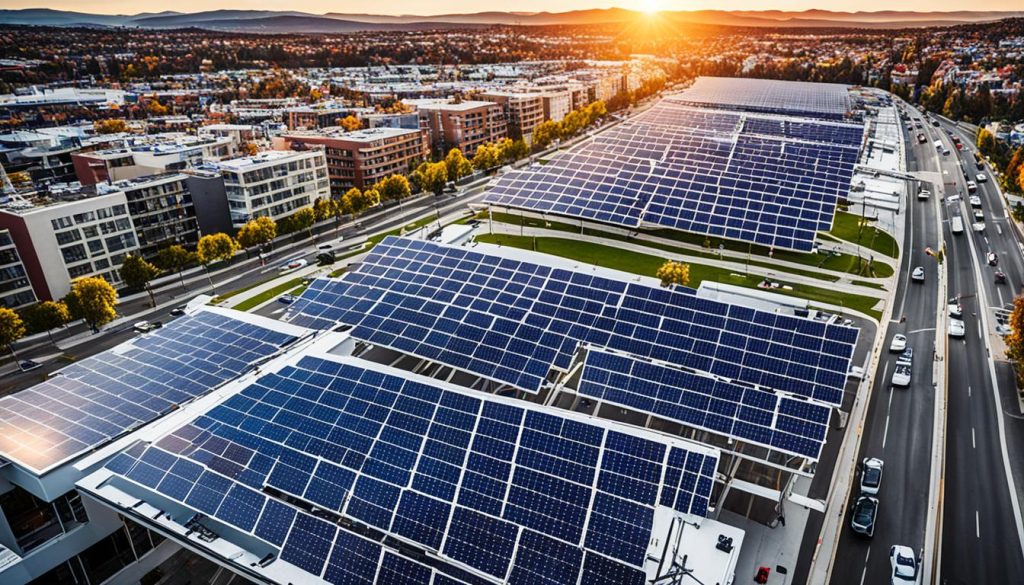Exploring Brightness: Solar Energy Innovations and Technologies 2024
Solar energy is at the forefront of renewable energy solutions, driving sustainable energy advancements and paving the way for a cleaner and greener future. With cutting-edge solar technology and next-generation solar power, innovative solar products and advanced solar energy systems are revolutionizing the way we generate electricity. These breakthroughs in solar energy offer revolutionary green […]
Exploring Brightness: Solar Energy Innovations and Technologies 2024 Read More »










